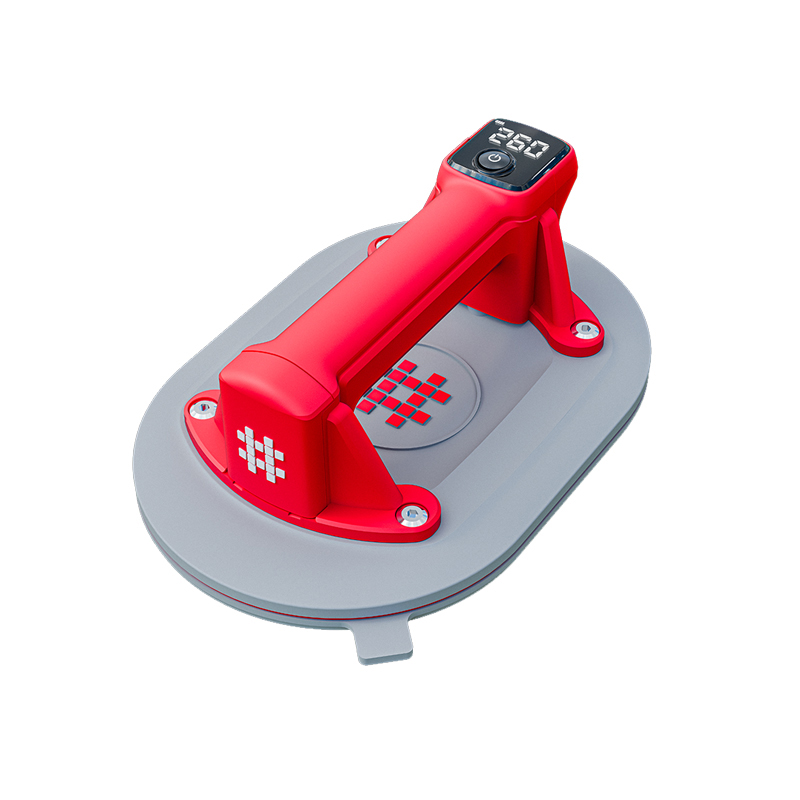You can learn the recent information of Shijing.
.jpg)
Wholesale cutting torch cart Tools Company
The cutting tools industry is an essential segment of the global manufacturing landscape, influencing various sectors from automotive to aerospace. As the demand for precision and efficiency grows, understanding the international trade dynamics of cutting tools, including export and import trends, key trade partners, and market challenges, becomes crucial. This article explores the current state of the cutting tools trade, highlighting the major players, trade patterns, and obstacles facing the industry.
Cutting tools are integral to the manufacturing processes across multiple industries. These tools, which include drills, mills, lathes, and saw blades, are critical for shaping and machining materials with high precision. As technological advancements and global manufacturing activities evolve, the cutting tools market is witnessing significant changes in its trade patterns.
Export Trends in Cutting Tools
Several countries have established themselves as guide exporters of cutting tools, driven by advanced manufacturing capabilities and technological innovation.
Known for its high-quality engineering and precision manufacturing, Germany is a major exporter of cutting tools, particularly in Europe and North America. German cutting tools are renowned for their durability and performance, making them highly sought after in global markets.
Japan is another key player in the cutting tools market, with its products widely recognized for their advanced technology and high standards. Japanese manufacturers excel in producing high-precision tools, which are in demand across various industrial sectors.
China has emerged as a significant exporter of cutting tools, offering a broad range of products at competitive prices. The country’s robust manufacturing infrastructure supports large-scale production, catering to both domestic and international markets.
Cutting tools are exported globally, with key destinations reflecting industrial hubs and emerging markets.
As a major industrial and manufacturing center, the United States imports a significant volume of cutting tools from various countries. The demand for high-quality, precision tools drives the import of advanced cutting tools from Europe and Asia.
Countries within the European Union import cutting tools to support their diverse manufacturing sectors. The EU market values precision and innovation, making high-quality tools from Germany and Japan particularly popular.
Emerging economies, particularly in Asia and Latin America, are increasingly importing cutting tools to support their growing industrial activities. These markets seek cost-effective solutions to meet their expanding manufacturing needs.
Several countries are significant importers of cutting tools, reflecting their manufacturing needs and industry requirements.
The U.S. remains one of the largest importers of cutting tools, driven by its extensive manufacturing sector and demand for high-performance tools. Imports from Germany, Japan, and China are particularly prominent in the U.S. market.
With its rapidly growing industrial base, India is a major importer of cutting tools. The country imports a range of tools to support its diverse manufacturing industries, including automotive and aerospace.
Brazil, as a key player in Latin America, imports cutting tools to meet the demands of its expanding manufacturing sector. The country sources tools from various global suppliers to support its industrial activities.
Import patterns for cutting tools are influenced by factors such as technological advancements, economic conditions, and industry requirements.
Advanced cutting tools with specialized features, such as high-speed steel (HSS) and carbide tools, are in demand in markets with sophisticated manufacturing needs. Importing countries seek these high-performance tools to enhance their production capabilities.
Economic fluctuations can impact import volumes, with periods of economic growth driving higher demand for cutting tools. Conversely, economic downturns may reduced imports as businesses cut back on capital expenditures.
Trade barriers and tariffs can significantly impact the international trade of cutting tools, affecting both exporters and importers.
Tariffs imposed by various countries can increase the cost of cutting tools, influencing trade dynamics and pricing. For instance, trade disputes between major economies can increased tariffs, affecting the cost and availability of cutting tools in global markets.
Different countries have varying regulations and standards for cutting tools, requiring manufacturers to ensure compliance with local requirements. Navigating these regulations can be complex and may impact export and import activities.
Supply chain disruptions can affect the availability and cost of cutting tools.
The availability of raw materials, such as high-speed steel and carbide, can influence production and pricing. Supply chain issues, such as shortages or price fluctuations, can impact the production and cost of cutting tools.
Disruptions in logistics and transportation, including shipping delays and port congestion, can affect the timely delivery of cutting tools. These disruptions can increased costs and longer times for both exporters and importers.
Intense competition in the cutting tools market can impact trade dynamics and market share.
Price competition among manufacturers can influence trade patterns, with some countries focusing on competing on cost while others emphasize quality and innovation. This competition can impact market share and pricing strategies, influencing both export and import trends.
As manufacturers invest in advanced technologies and innovations, the competitive landscape shifts. Countries and companies that in technological advancements, such as advanced coating techniques and precision manufacturing, may gain a competitive edge in the global market.
The international trade of cutting tools is influenced by various factors, including export and import trends, major trade partners, and market challenges. Countries like Germany, Japan, and China play significant roles in the export of cutting tools, while the United States, India, and Brazil are key importers. The market is shaped by technological demands, economic conditions, and trade barriers.
 English
English 中文简体
中文简体 русский
русский Español
Español Deutsch
Deutsch
-1.jpg)


.jpg)

.jpg)
.jpg)



-2.jpg)
.jpg)


.jpg)


.jpg)








